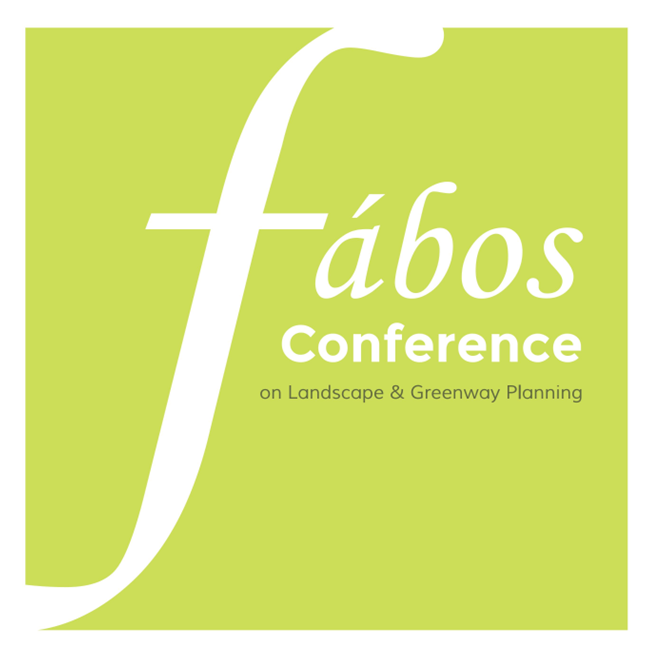The Emergence and Significance of Heritage Areas in New York State and the Northeast
- Paul M Bray
Abstract
Heritage areas originally known as urban cultural parks are a form of park that emerged in the 1960s and has grown to include 49 national heritage areas and state heritage areas in New York State, Pennsylvania, Massachusetts and Maryland. As a park, heritage areas are urban settings or regional landscapes that expand the traditional elements of national and state parks in that they are a means under a heritage theme to preserve and manage an amalgam of natural and cultural resources to provide forms of recreation and foster sustainable economic development.
This paper will provide an overview of New York State heritage areas, their system and program and relate this to national and some other northeastern heritage area initiatives from a writer who has been an organizer of New York’s first heritage area (Riverspark), the legislative drafter of New York heritage areas law, a member of the New York state and national heritage area advisory council, a lecturer on heritage areas at universities and a long-time advisor and advocate of heritage areas. Therefore, the sources for this paper are both from first-hand experience as well as research into particular circumstances in heritage areas where the writer was not directly engaged.
Its objectives are to introduce and expand knowledge about the origin and roles of heritage areas particularly in New York and the northeast and foster a better understanding of the forces behind the establishment of heritage areas and their contributions to society.
Keywords: greenways, heritage, areas, new york, northeast, emergence, Significance
How to Cite:
Bray, P. M., (2013) “The Emergence and Significance of Heritage Areas in New York State and the Northeast”, Fábos Conference on Landscape and Greenway Planning 4(1). doi: https://doi.org/10.7275/fabos.759
Downloads:
Download PDF
354 Views
152 Downloads
